1929 PACKARD 645 DUAL COWL PHAETON COACHWORK BY DIETRICH Chassis No. 178120 Engine No. 178590C Blue with black fenders, green wheels and striping and tan leather interior Engine: straight eight, 384.8 cu. in., 120bhp at 3,200rpm; Gearbox: three-speed manual; Suspension; semi-elliptic leaf springs front and rear; Brakes: four wheel drum. Left hand drive. The eight cylinder engine that Packard had revealed in 1923 as a successor to the V12 provided the backbone of Packard's future production which lasted up to the end of the 1930's. The design was a simple side valve (L-head) of the highest quality with a light alloy crankcase with the crankshaft running in nine main bearings. It gave smooth and effortless performance. The new engine provided the model name for Packard's most prestigious model of this era, the Eight. The eight cylinder was designated the 645 for 1929 and was offered in 21 body styles. This car carries the very desirable and attractive Dual Cowl Phaeton coachwork designed by Dietrich. The name of Dietrich is always closely associated with the finest coachbuilt Packards of the late 1920s and early 30s. 1929 marked the first application of the Packard family coat-of-arms as a radiator emblem. The temperature gauge was removed from the radiator filler cap to a more easily read dash-mounted position and an automatic cylinder oiler avoided engine wear caused by dry starts. This Dietrich Dual Cowl was owned for many years by noted collector Courtland Cross. Mr. Cross, then of Worcester, MA, purchased the Packard in 1960 for $1,500 from Rhode Island and drove it home. It has always been known and regarded by Packard experts as a genuine Dual Cowl, however, the rear cowl and rear windshield had been removed, probably for ease of access into the rear portion of the tonneau. An original tonneau was borrowed and duplicated during restoration and an original second windshield was sourced. At the 1963 Grand Classic in Morristown, NJ the car scored 95 points. Cross also drove it on Glidden tours of W. Virginia and the Finger Lakes, NY. At the 1965 Grand Classic it scored 96 points. In 1971 it was sold for the then unheard of price of $25,000 to John Mickels of Portland, ME. In 1986 it passed from the Mickles Estate to Jack Donnelley of Wolfboro, NH. Mr. Donnelley had a leading Packard specialist restore the car. A complete engine rebuild included new pistons, valves, and crankshaft. Other work entailed some cosmetic refurbishment including paint blending, chrome and a new canvas top, tires and wind wings on the second windscreen. Mr. Sargent purchased the Packard in 1988 and probably drove the car less than 1,000 miles. The car is said to run and drive well and is quite presentable with a nicely mellowed older restoration.
1929 PACKARD 645 DUAL COWL PHAETON COACHWORK BY DIETRICH Chassis No. 178120 Engine No. 178590C Blue with black fenders, green wheels and striping and tan leather interior Engine: straight eight, 384.8 cu. in., 120bhp at 3,200rpm; Gearbox: three-speed manual; Suspension; semi-elliptic leaf springs front and rear; Brakes: four wheel drum. Left hand drive. The eight cylinder engine that Packard had revealed in 1923 as a successor to the V12 provided the backbone of Packard's future production which lasted up to the end of the 1930's. The design was a simple side valve (L-head) of the highest quality with a light alloy crankcase with the crankshaft running in nine main bearings. It gave smooth and effortless performance. The new engine provided the model name for Packard's most prestigious model of this era, the Eight. The eight cylinder was designated the 645 for 1929 and was offered in 21 body styles. This car carries the very desirable and attractive Dual Cowl Phaeton coachwork designed by Dietrich. The name of Dietrich is always closely associated with the finest coachbuilt Packards of the late 1920s and early 30s. 1929 marked the first application of the Packard family coat-of-arms as a radiator emblem. The temperature gauge was removed from the radiator filler cap to a more easily read dash-mounted position and an automatic cylinder oiler avoided engine wear caused by dry starts. This Dietrich Dual Cowl was owned for many years by noted collector Courtland Cross. Mr. Cross, then of Worcester, MA, purchased the Packard in 1960 for $1,500 from Rhode Island and drove it home. It has always been known and regarded by Packard experts as a genuine Dual Cowl, however, the rear cowl and rear windshield had been removed, probably for ease of access into the rear portion of the tonneau. An original tonneau was borrowed and duplicated during restoration and an original second windshield was sourced. At the 1963 Grand Classic in Morristown, NJ the car scored 95 points. Cross also drove it on Glidden tours of W. Virginia and the Finger Lakes, NY. At the 1965 Grand Classic it scored 96 points. In 1971 it was sold for the then unheard of price of $25,000 to John Mickels of Portland, ME. In 1986 it passed from the Mickles Estate to Jack Donnelley of Wolfboro, NH. Mr. Donnelley had a leading Packard specialist restore the car. A complete engine rebuild included new pistons, valves, and crankshaft. Other work entailed some cosmetic refurbishment including paint blending, chrome and a new canvas top, tires and wind wings on the second windscreen. Mr. Sargent purchased the Packard in 1988 and probably drove the car less than 1,000 miles. The car is said to run and drive well and is quite presentable with a nicely mellowed older restoration.

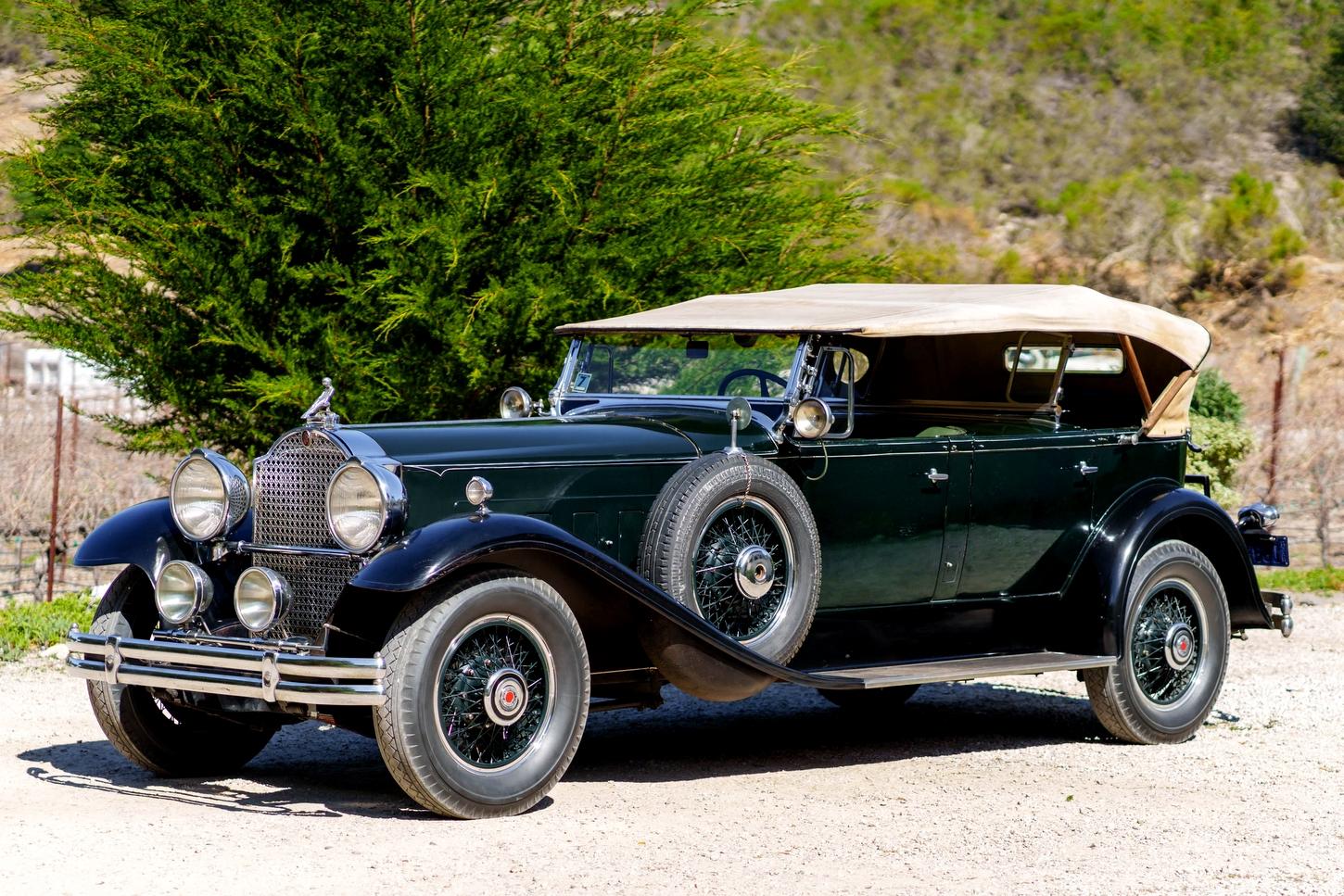




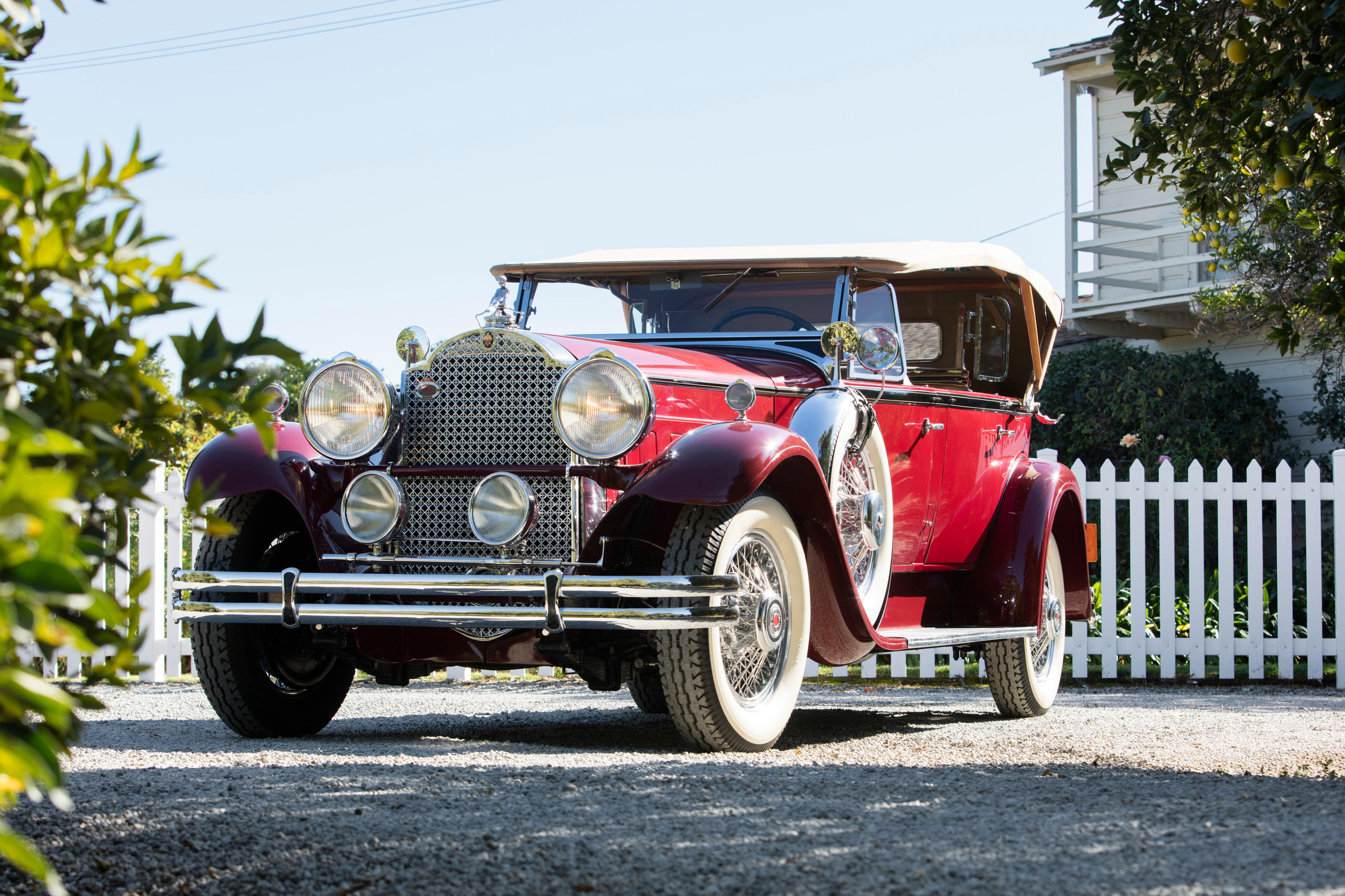
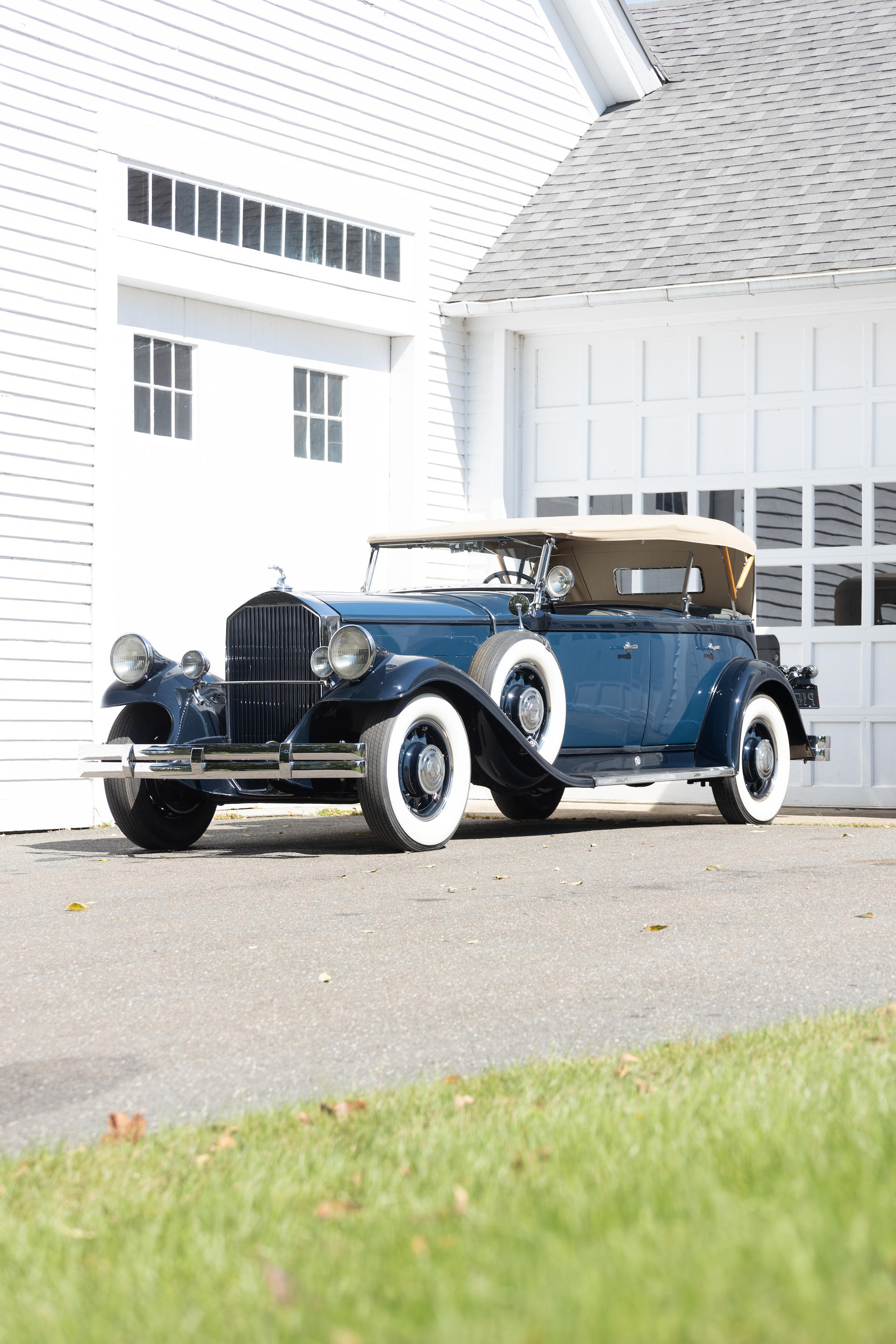
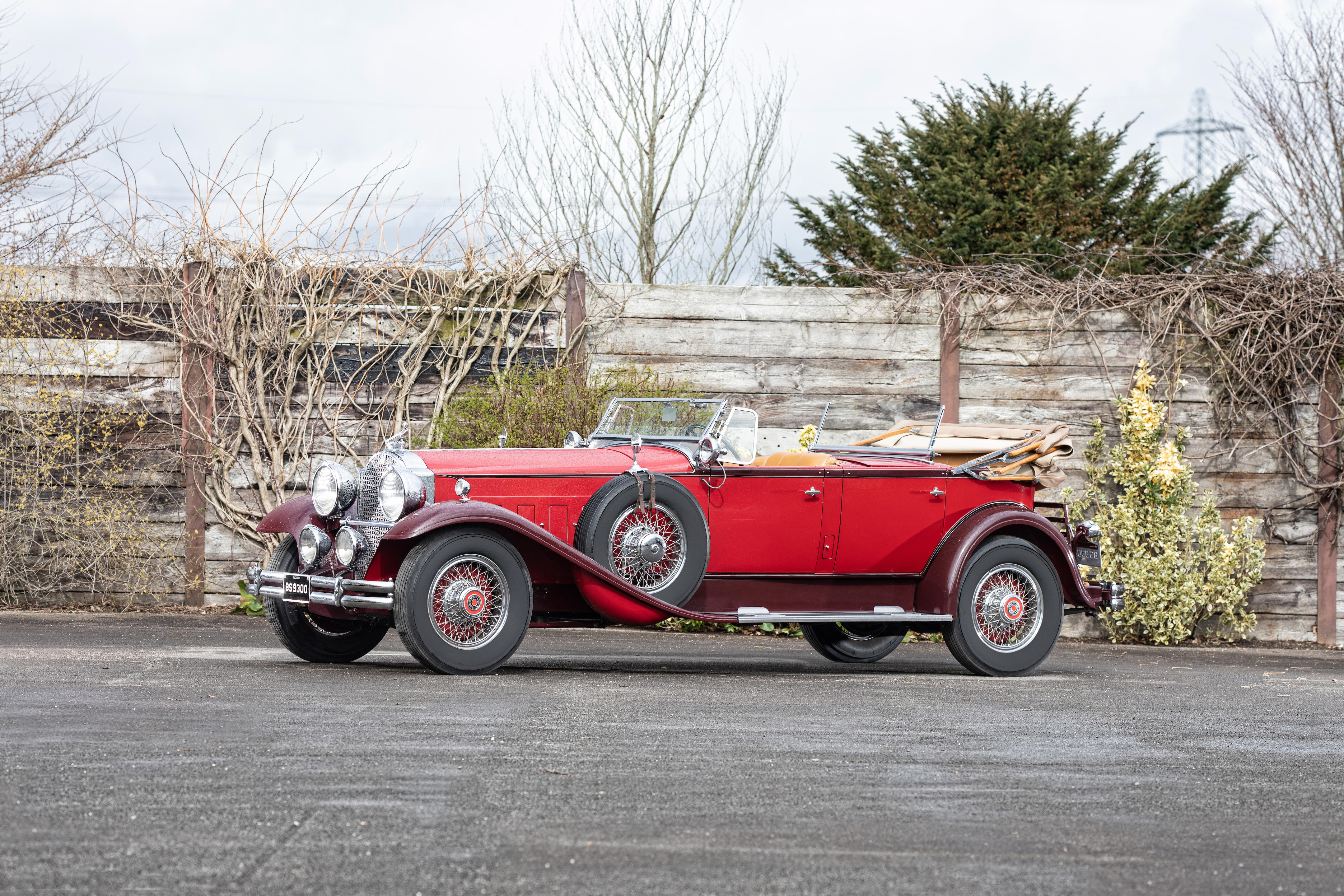
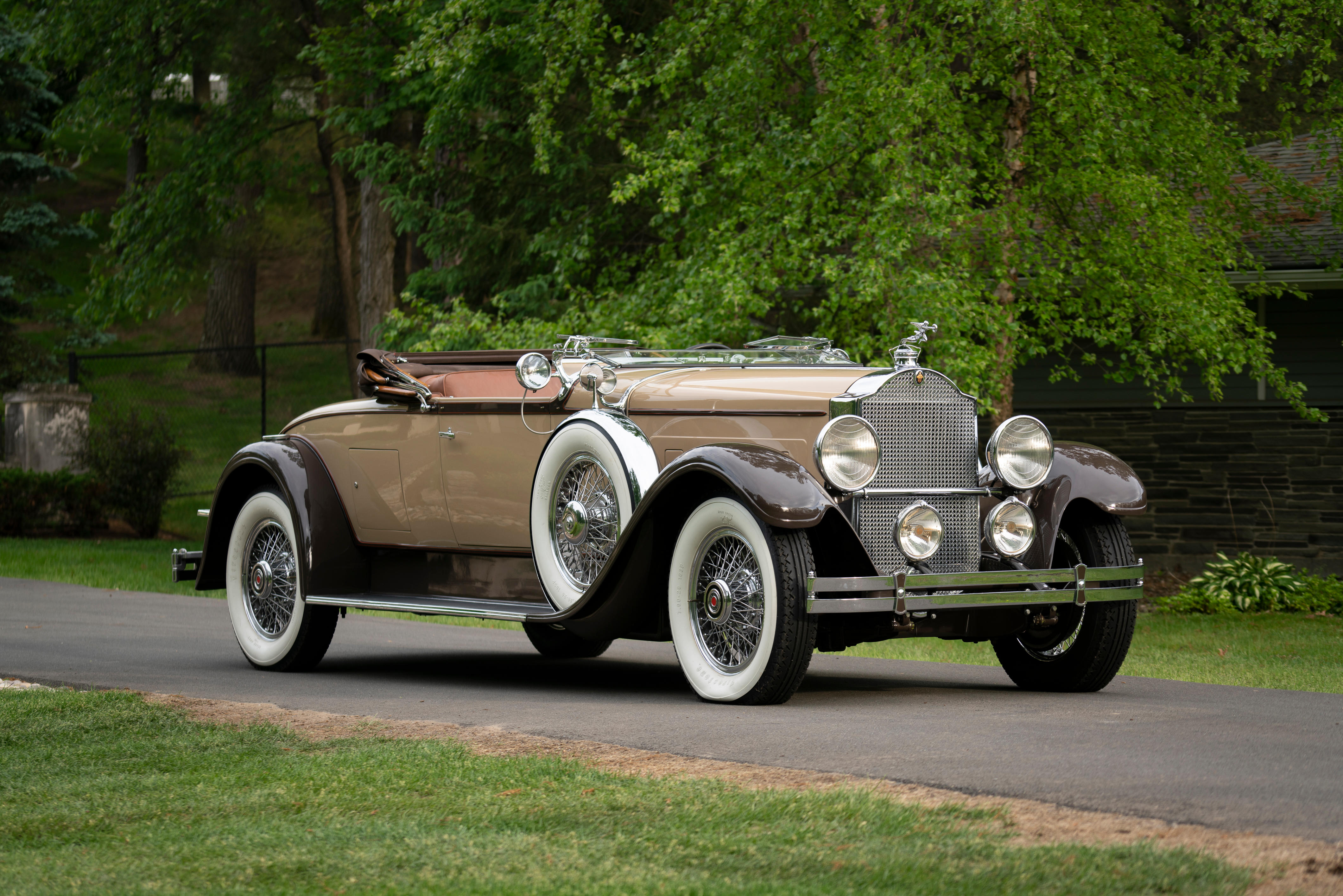
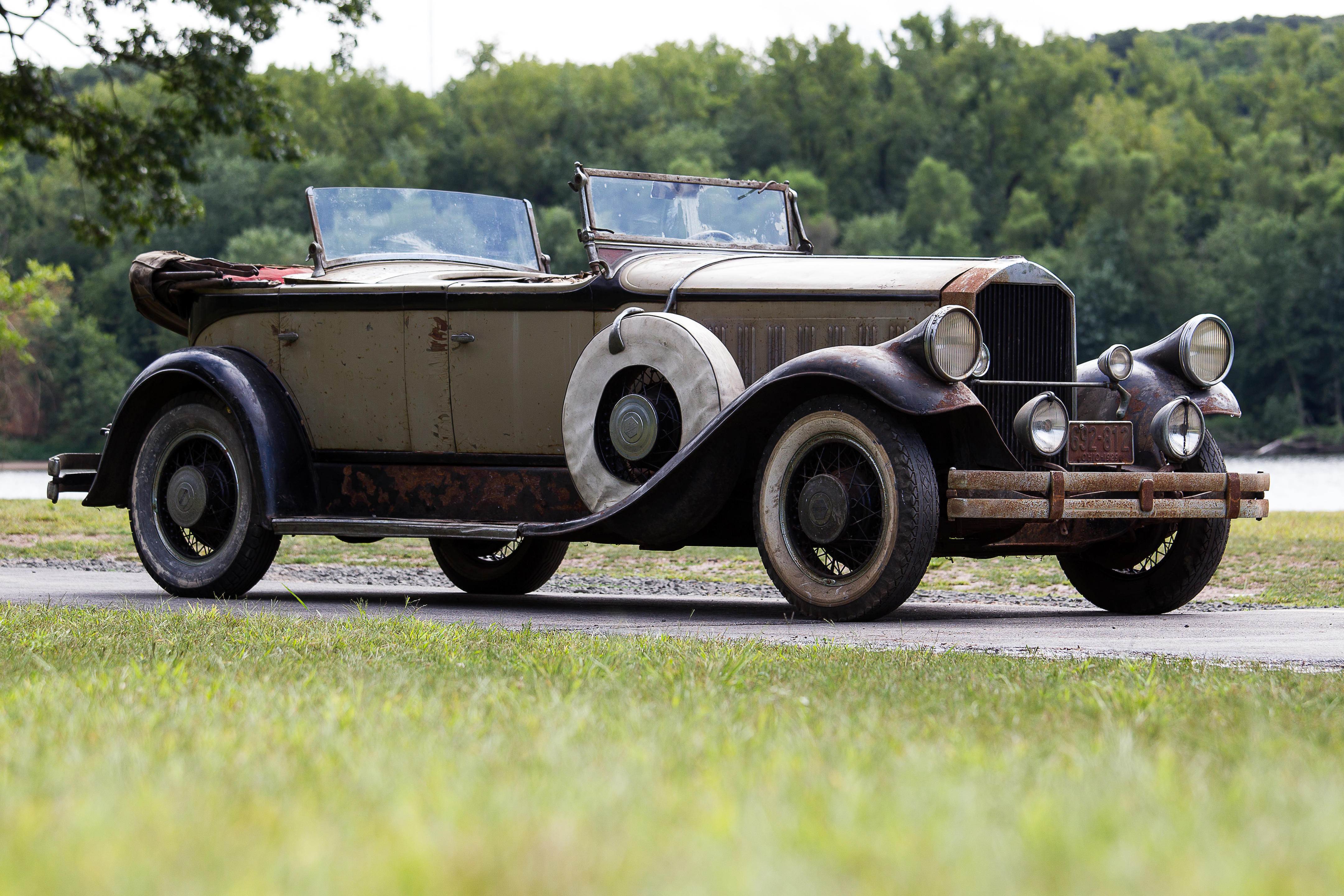
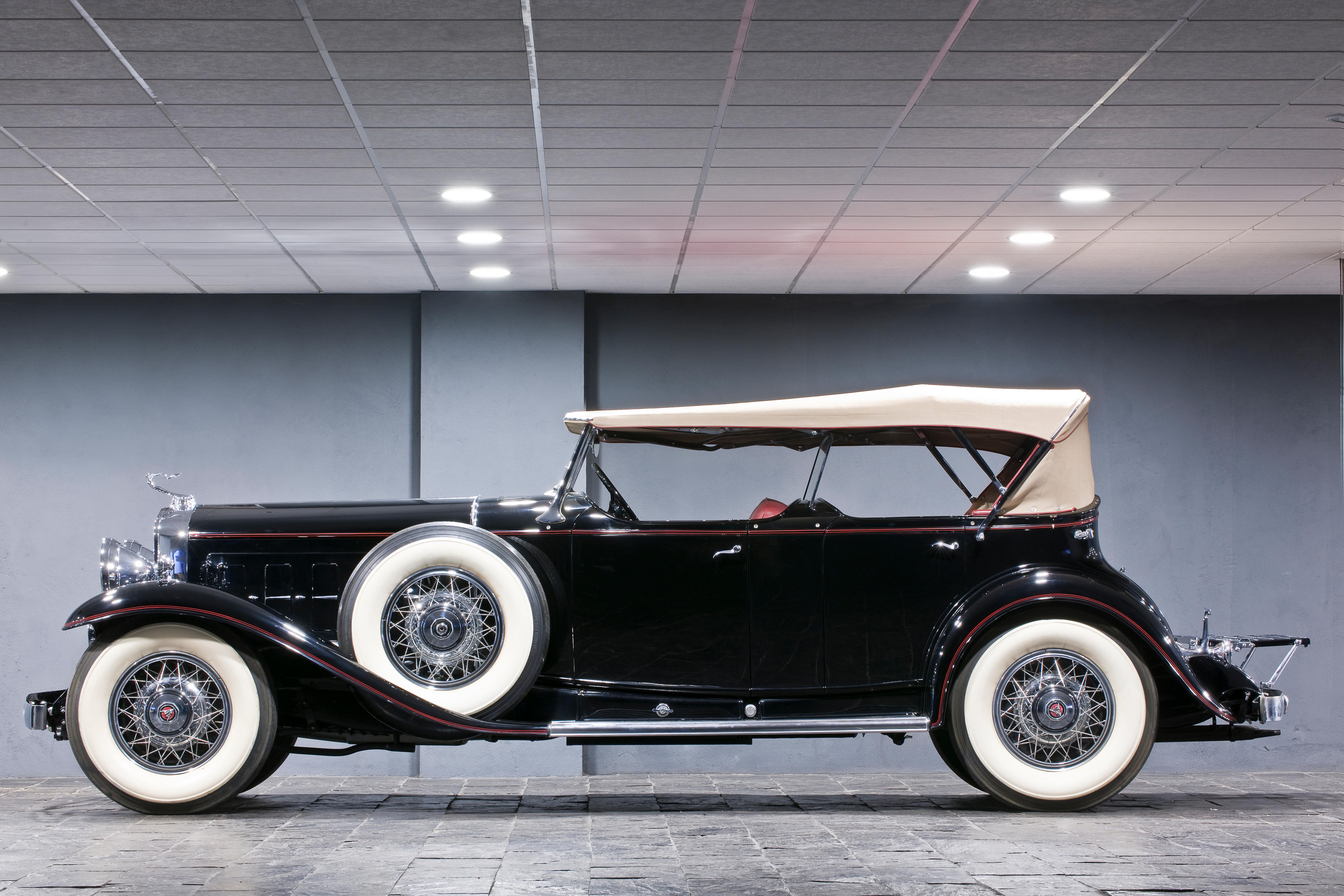
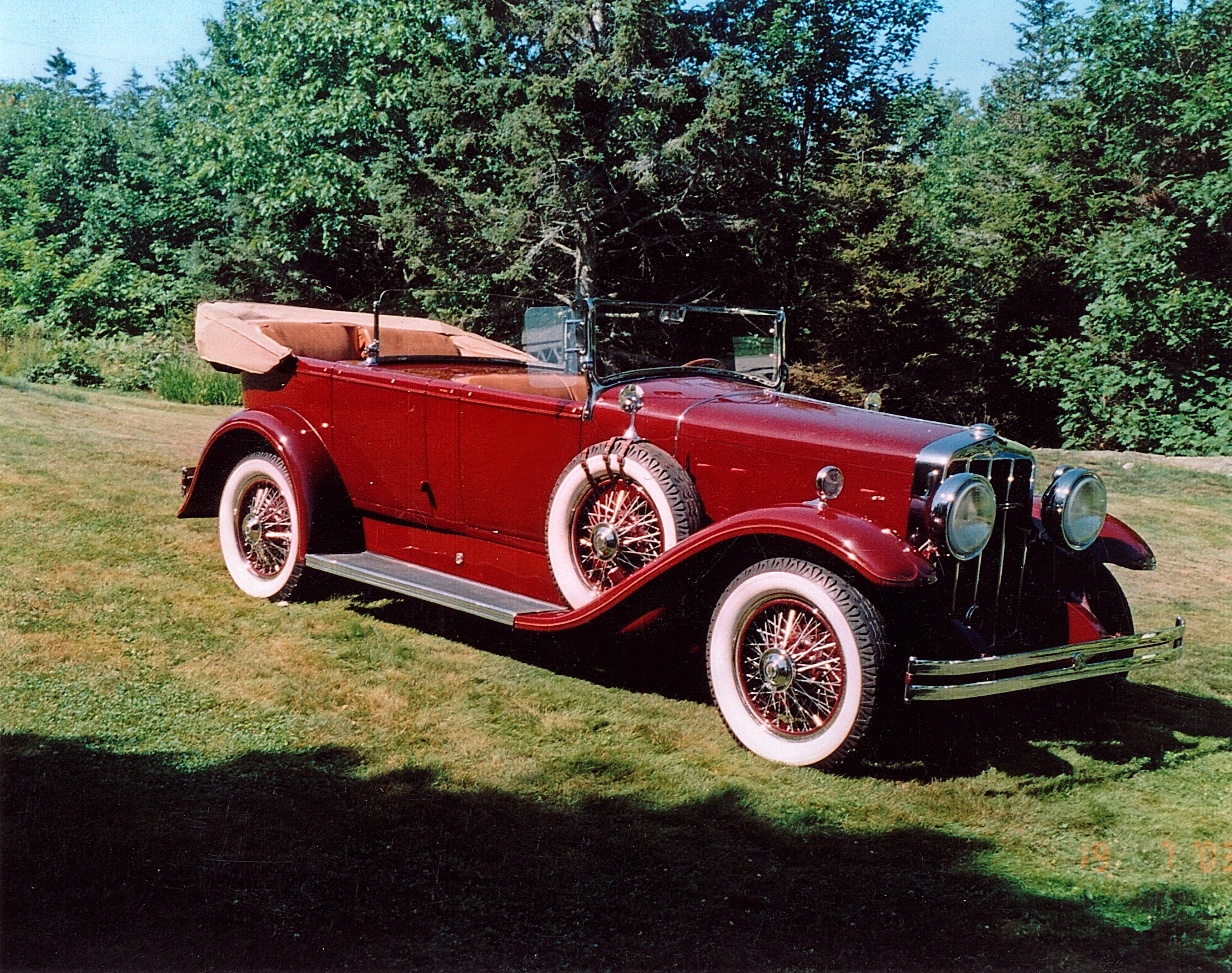

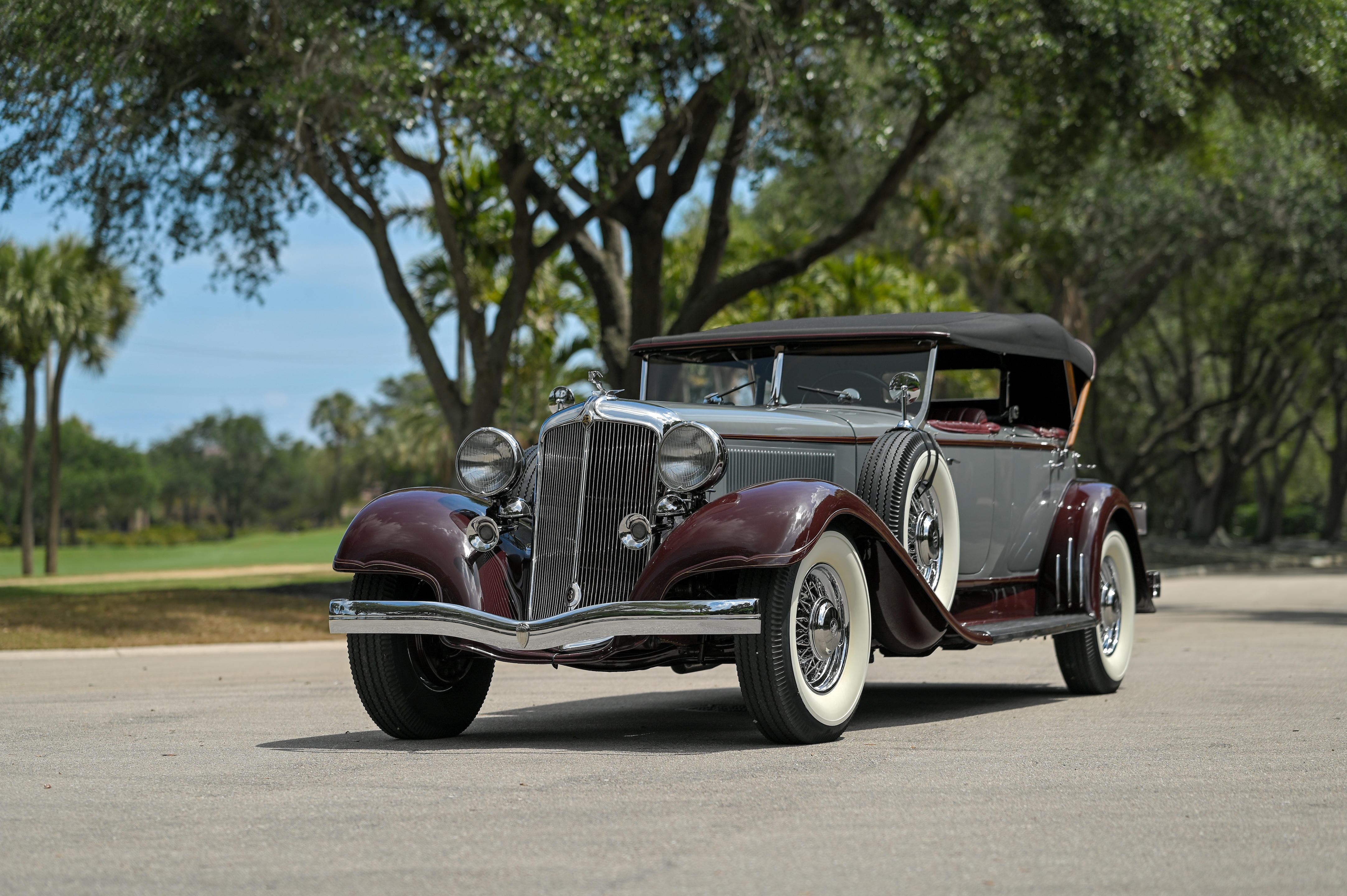
Try LotSearch and its premium features for 7 days - without any costs!
Be notified automatically about new items in upcoming auctions.
Create an alert